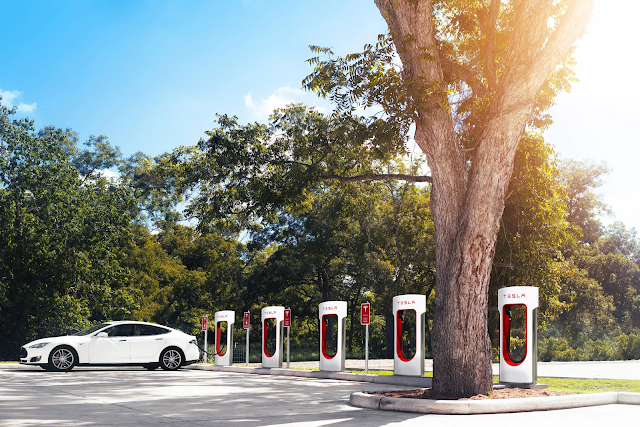A cleaner and more environmentally friendly substitute for conventional ICE automobiles, electric cars have seen a substantial increase in popularity in recent years. EVs have been hailed as a crucial component in the mitigation of climate change due to their great potential to lower greenhouse gas emissions and reliance on fossil fuels. Like any technical innovation, they do have certain disadvantages, though. We will look at a few potential environmental issues with EV cars in this article.
Battery Production and Disposal
The manufacturing and disposal of electric vehicle (EV) batteries is one of the main issues surrounding EVs. Lithium, cobalt, and nickel must be extracted and processed in order to make lithium-ion batteries, which are frequently used in EVs. The extraction of these resources may have detrimental effects on the environment and society, including as habitat loss, water contamination, and in some places, violations of human rights.
In addition, even though EV battery recycling has advanced significantly, it is still in its infancy and has not yet reached its peak efficiency. If utilized improperly, the disposal of spent batteries raises issues regarding possible soil and water contamination. It is essential to develop effective and sustainable battery recycling techniques to reduce the environmental impact of EVs.
Energy Source and Charging Infrastructure
The energy utilized to charge electric vehicles determines how clean the automobiles are. The source of the electricity used to charge the vehicles influences their overall environmental impact even if they have no exhaust emissions. The pollution produced during energy generation may outweigh the advantages of electric cars in areas that are largely dependent on coal-fired power plants.
Another difficulty is the infrastructure used for charging currently. For EV owners, a lack of charging stations and lengthy charging durations can cause discomfort and range anxiety. Governments and businesses must invest in boosting charging infrastructure and enhancing charging technology to make it more user-friendly and effective in order to promote the widespread adoption of electric vehicles.
Vehicle Manufacturing
Compared to conventional automobiles, electric cars typically require more energy-intensive production procedures. Electric motors, large-capacity batteries, and lightweight materials all require a lot of energy and resources to produce. A greater carbon footprint throughout the manufacturing process may come from this. It's crucial to remember, though, that if Electric Vehicles are driven a sufficient amount during their lifetimes, the environmental impact of making them can be balanced out.
Rare Earth Metals
Rare earth metals are employed in electric car parts like the magnets used in electric motors. These metals' mining and processing may have negative environmental effects. Rare earth metal mining frequently entails harmful environmental practices such soil erosion, deforestation, and the disposal of toxic waste. To lessen these effects, sustainable mining methods and initiatives to cut back on the use of rare earth metals should be pursued.
Visit also: Can Electric Cars Catch Fire?
Verdict
The environmental issues connected to the production, battery disposal, energy supply, and rare earth metal consumption of electric automobiles must be acknowledged and addressed even though they have a great potential to reduce greenhouse gas emissions and battle climate change. To create sustainable solutions, including breakthroughs in battery recycling, the use of renewable energy, and the expansion of charging infrastructure, governments, manufacturers, and consumers must collaborate.
However, it is essential to approach their implementation with a thorough awareness of their environmental impact and strive for continual improvement during the whole lifecycle of these cars. Electric vehicles can be a useful instrument in the fight against climate change.

Comments
Post a Comment